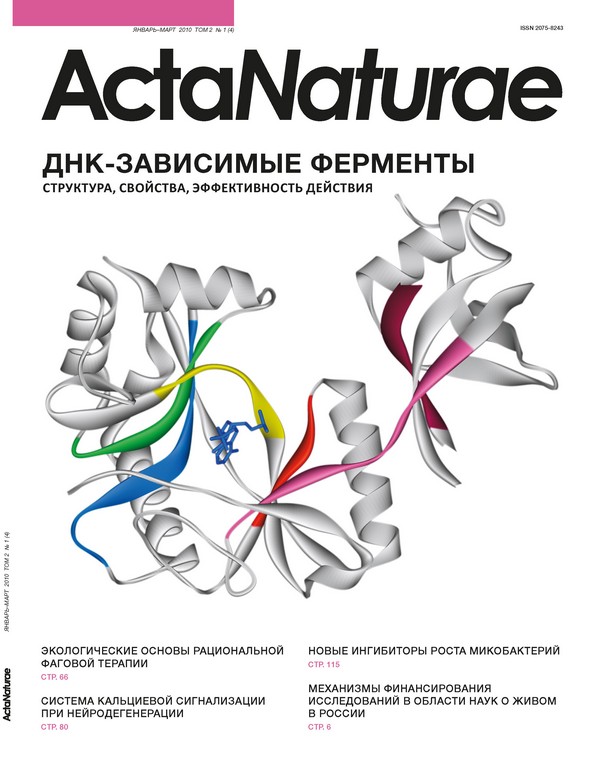New 5-Modified Pyrimidine Nucleoside Inhibitors of Mycobacterial Growth
- Authors: Alexandrova LA1, Shmalenyuk ER1, Kochetkov SN1, Erokhin VV2, Smirnova TG2, Andreevskaia SN2, Chernousova LN2
-
Affiliations:
- Engelhardt Institute of Molecular Biology, Russian Academy of Sciences
- Central Tuberculosis Research Institute, Russian Academy of Medical Sciences
- Issue: Vol 2, No 1 (2010)
- Pages: 108-110
- Section: Articles
- Submitted: 17.01.2020
- Published: 15.03.2010
- URL: https://actanaturae.ru/2075-8251/article/view/10780
- DOI: https://doi.org/10.32607/20758251-2010-2-1-108-110
- ID: 10780
Cite item







